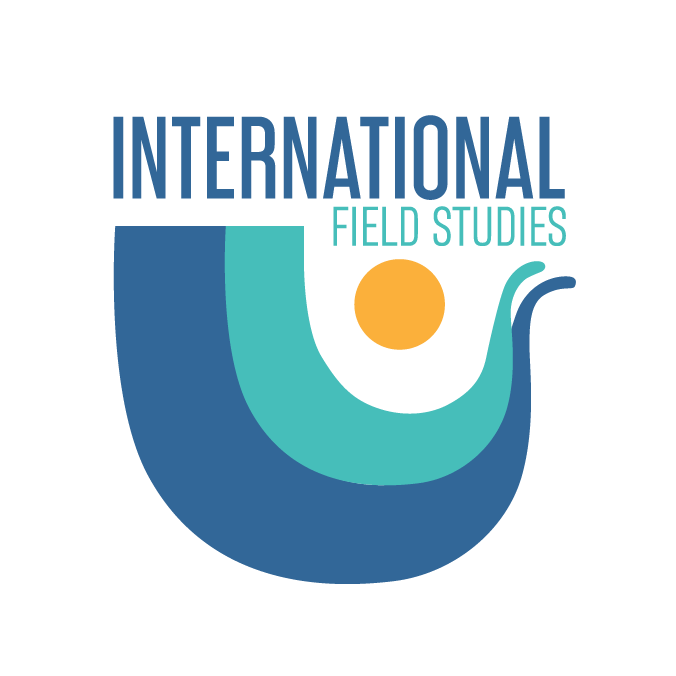Project Update: Tropicalization of Western Atlantic Seagrass Beds
/In April of 2018, IFS partnered with the Smithsonian Marine Station on a National Science Foundation (NSF) funded collaborative research project which examined the tropicalization of Western Atlantic seagrass beds. All field experimentation and collection was completed in June 2019 and the project has now transitioned to sample processing, data entry, and analysis at Florida International University.
Although still early in the analysis, we are excited to share updates including some interesting trends across the network. From preliminary analysis, the following outcomes have been reported:
As pictured here the Bucktooth Parrotfish was a prominent grazer at the Andros site.
(1) Higher grazing rates on seagrass at lower latitude sites by small-bodied fishes (e.g. Sparisoma radians, Bucktooth Parrotfish).
(2) Grazing rates were found to be highly variable but did increase in treatments with nitrogen and phosphorous and had visible effects on seagrass within experimental plots.
(3) Intensive turtle grazing observed at experimental sites in Bermuda and Eleuthera, BS. To date, this is the first report of overgrazing by turtles in the Bahamas!
(4) In winter, there was reduced seagrass cover and productivity relative to summer/fall particularly, at more subtropical sites.
(5) Broad-scale distinctions were observed in seagrass meadow structure (shoot density / leaf morphology) and function (production) across our latitudinal gradient.
Fig 1. Seasonal and latitudinal variation in sea surface temperatures (°C) across the network. Temperatures across sites were similar during the summer and diverged in October after the fall 2018 sampling.
(6) Latitudinal distinctions are present in how the turtlegrass meadows respond to intense grazing (simulated via clipping). Meadows at the more northern sites displayed more severe responses (decreased leaf width and production) relative to more tropical, lower latitude meadows.
This suggests that there is lower meadow resilience in northern distribution of turtlegrass, likely attributable to large-scale gradients in climate forcings. This potentially confirms the original hypotheses that broad-scale light/temp gradients across the network regulate meadow responses to intense herbivory.
The network itself is a huge achievement; as one of the first major coordinated projects across the Western Atlantic with over 40 individuals working together to deploy, maintain, and break down a large coordinated field experiment. All 13 sites were able to successfully complete the project despite hurricanes, harmful algal blooms, flooding, and cold winter temperatures. This network has led to connections between participants, new opportunities, collaborative projects and a Caribbean-wide Sargassum monitoring network.
This is an exciting first look at the results from a project which is so crucial to investigating the effects of climate change on a foundational marine environment. IFS looks forward to staying engaged with this project so make sure to check back for further updates and publication of results!





